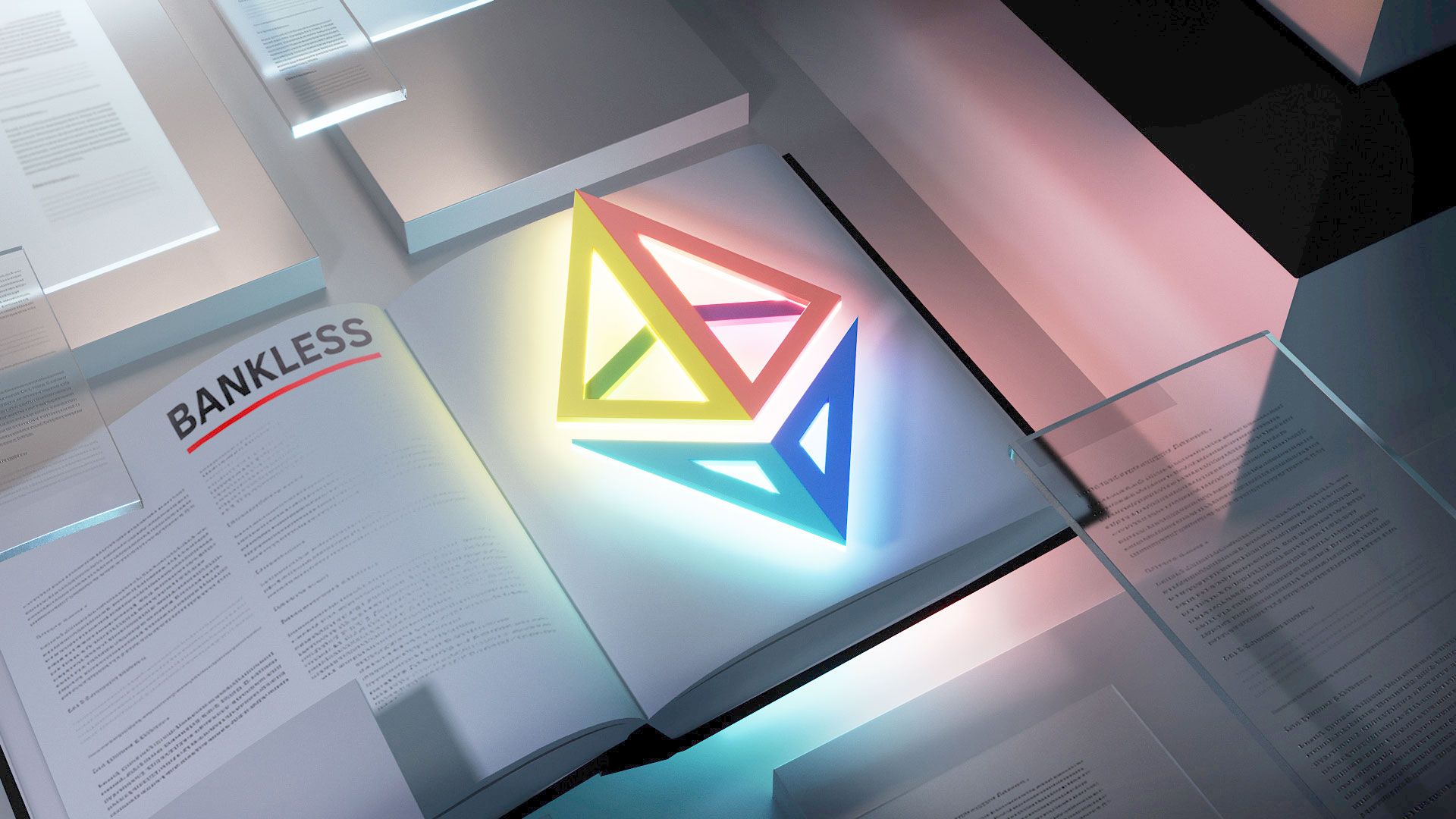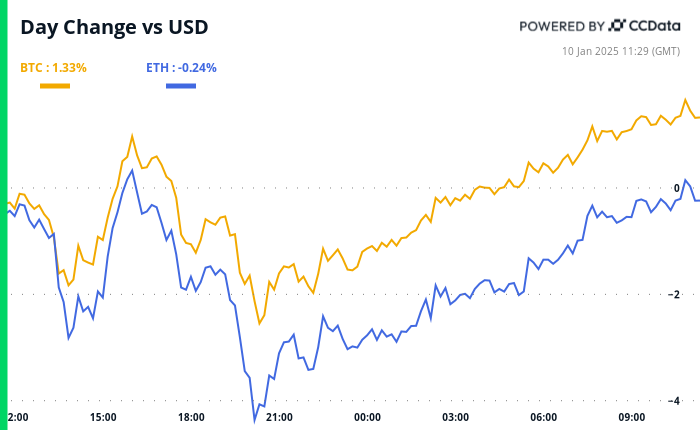Ethereum, the world’s second-largest cryptocurrency by market cap, has popularized the concept of staking, a process that allows holders to earn rewards by participating in the network’s security. Among the various staking solutions, Lido presently stands out as the largest liquid staking protocol, thus playing a big role in Ethereum’s contemporary staking ecosystem.
What is Lido
Lido is a decentralized liquid staking solution that operates on Ethereum, Solana, and Polygon blockchain networks. It allows users to stake their tokens and earn rewards without locking up their assets. When you stake crypto with Lido, you receive utility tokens (e.g. stETH for ETH, stSOL for Solana’s SOL, and stMATIC for Polygon’s MATIC) in return. These tokens represent your staked assets and the rewards they earn.
By far the most popular token minted by Lido is stETH, which represents staked ETH. The value of stETH is pegged to the value of ETH, and it increases over time as staking rewards are accrued.
Why Lido?
Lido offers several benefits for stakers.
- 🪙 It eliminates the need to run your own node, which can be technically challenging and time-consuming; e.g. simply buy stETH to stake!
- 💸 It also allows you to stake any amount of tokens, unlike Ethereum’s native staking system that requires 32 ETH.
- 💱 Lido’s staked tokens like stETH are usable in DeFi, e.g. as collateral in borrowing protocols like Maker, so you can stay liquid while making the most of your crypto with passive staking income over time.
Governance in Lido
Lido operates under a decentralized governance model. LDO token holders have the power to make decisions about the protocol’s future. They can vote on proposals and influence key aspects of the protocol. Lido also has various security measures in place to protect stakers and ensure the smooth operation of the protocol.
How to stake ETH on Lido
Staking your ETH on Lido is a straightforward process that can be completed in a handful of steps. Here’s a simple guide on how to do it:
- 👛 Connect Your Wallet: Visit the Lido Staking Portal. Click on “Connect Wallet” at the top of the page. You’ll need to connect a Web3 wallet, such as MetaMask, that contains the ETH you wish to stake.
- 🔢 Enter the Amount to Stake: Once your wallet is connected, you can enter the amount of ETH you want to stake in the “ETH amount” field.
- 💎 Stake Your ETH: After entering the amount, click on the “Submit” button to initiate the staking process. You’ll need to confirm the transaction in your wallet.
- 🙌 Receive stETH: Once the transaction is confirmed, you’ll receive an equivalent amount of stETH tokens in your wallet. The exchange rate is 1 ETH = 1 stETH. These tokens represent your staked ETH and the rewards they earn.
- 🔍 Monitor Your Staking: You can monitor your staking rewards and the total amount of ETH staked with Lido on the same page. The current annual percentage rate (APR) for staking ETH on Lido is displayed (5% right now), along with the total staked ETH and the number of stakers.
Before diving in, note that there’s a 10% staking rewards fee applied by Lido, which is used to support the operation and development of the protocol.
Risks of Lido
Participating in Lido, as with any DeFi project, comes with its own set of challenges. It’s essential to be aware of these challenges before you decide to stake your ETH. Here are some of the potential risks you might encounter when staking on Lido:
- 🐜 Contract Vulnerability Risk: Lido’s operations are based on smart contracts. Despite the fact that the code is open-source, has undergone audits, and is protected by a comprehensive bug bounty program to reduce risks, the possibility of bugs or vulnerabilities in the smart contracts always exists.
- 🗡️ Slashing Penalty Risk: Validators on Ethereum could face penalties if they fail to fulfill their responsibilities properly. Lido addresses this risk by distributing stakes across several professional and trustworthy node operators with varied configurations. Furthermore, Lido maintains an insurance fund, financed by its fees, to provide additional risk mitigation.
- 📉 stETH Value Risk: The market price of stETH could potentially fall below its intrinsic value due to Lido’s withdrawal limitations, which could hinder arbitrage and market-making activities.
Additional Lido resources
To dive deeper into Lido, consider exploring the following resources:
Zooming out
In conclusion, Lido offers a compelling solution for those interested in staking on Ethereum, Solana, and Polygon. It combines the benefits of earning staking rewards with the flexibility of maintaining liquidity, making it an attractive choice for both new and experienced stakers.
Read More: www.bankless.com









 Bitcoin
Bitcoin  Ethereum
Ethereum  Tether
Tether  XRP
XRP  Solana
Solana  Dogecoin
Dogecoin  USDC
USDC  Cardano
Cardano  Lido Staked Ether
Lido Staked Ether  TRON
TRON  Avalanche
Avalanche  Sui
Sui  Wrapped stETH
Wrapped stETH  Toncoin
Toncoin  Shiba Inu
Shiba Inu  Chainlink
Chainlink  Wrapped Bitcoin
Wrapped Bitcoin  Stellar
Stellar  Hedera
Hedera  Polkadot
Polkadot  WETH
WETH  Bitcoin Cash
Bitcoin Cash  LEO Token
LEO Token  Uniswap
Uniswap  Litecoin
Litecoin  Pepe
Pepe  Hyperliquid
Hyperliquid  Wrapped eETH
Wrapped eETH  NEAR Protocol
NEAR Protocol  USDS
USDS  Ethena USDe
Ethena USDe  Internet Computer
Internet Computer  Aptos
Aptos  Aave
Aave  Mantle
Mantle  Cronos
Cronos  POL (ex-MATIC)
POL (ex-MATIC)  Ethereum Classic
Ethereum Classic  MANTRA
MANTRA  Render
Render  Monero
Monero  Bittensor
Bittensor  Artificial Superintelligence Alliance
Artificial Superintelligence Alliance  Dai
Dai  Tokenize Xchange
Tokenize Xchange  Filecoin
Filecoin  Arbitrum
Arbitrum